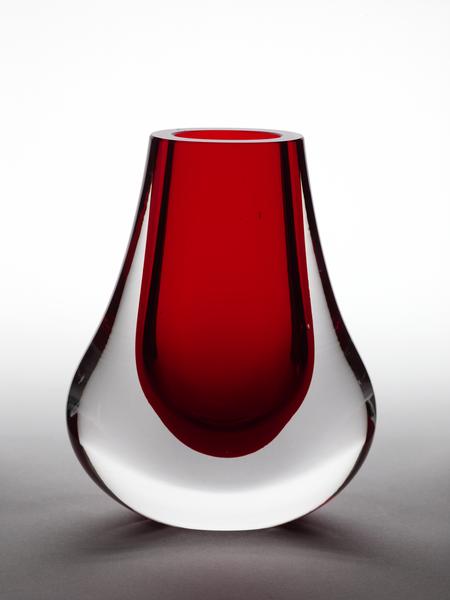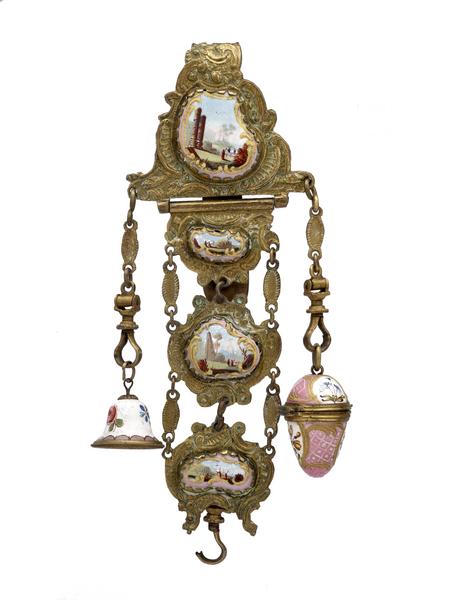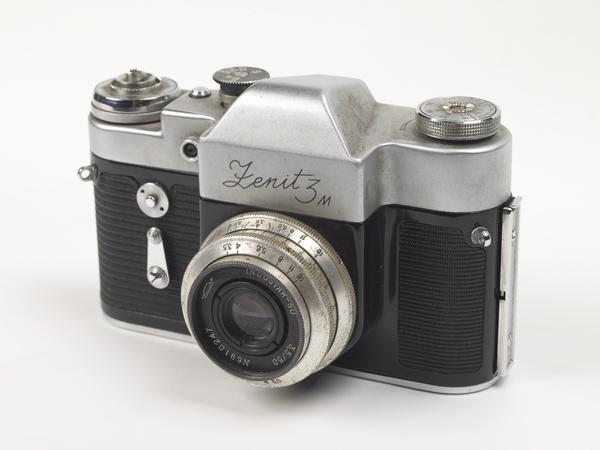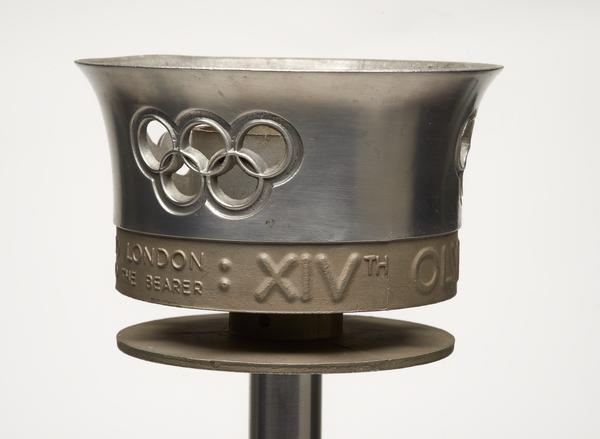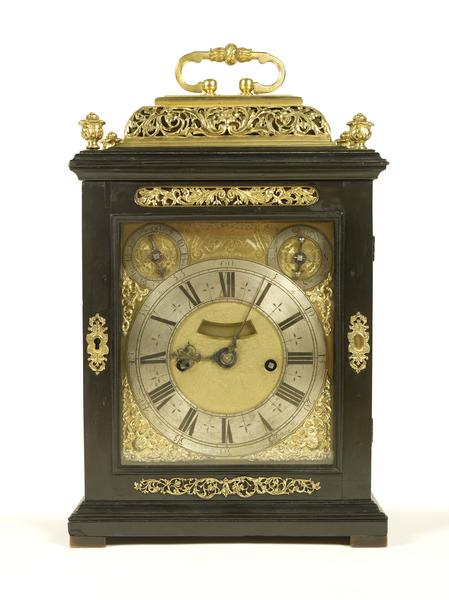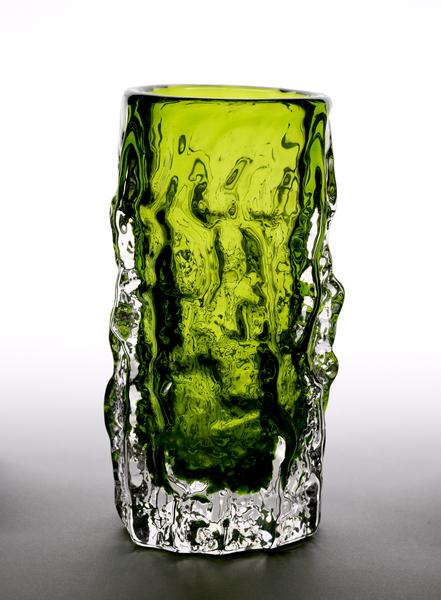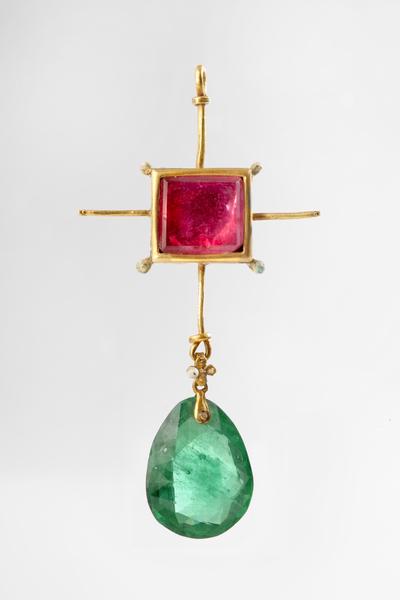Modern collections (1700s–present)
From housing to protests, the collection enables us to link London’s past to the present, through both everyday items and unique artefacts like a 1908 taxi. We also hold the world’s largest Suffragette collection.
The museum holds over 100,000 objects that represent London’s social, cultural, economic and working history from the 1700s to the present day. Comprising both everyday and unusual items with unique personal stories, they provide a snapshot into the lives of Londoners through the centuries, documenting both change and continuity. Historic items connected to housing, poverty, entertainment, health, protest and immigration, among other topics, offer opportunities for linking the past to the present. This is often done through active contemporary collecting programmes.
“1,500 Victorian-era penny toys and novelties give a unique insight into working-class culture”
Social history
Alongside small ‘everyday’ relatable items such as food packaging, domestic furnishings, toys, fashion accessories and protest material, the social history collection includes important larger items. For example, an early 1908 motorised taxi, a 1920s shopfront from Lyons' Corner House restaurant on Coventry Street, a 1928 lift from the Selfridges department store and Syd’s coffee stall, which served Londoners in Shoreditch with hot drinks for over 100 years (including through the Second World War), until its acquisition in 2019.
We also have material of international significance. Notably, the world’s largest Suffragette collection. Recording the militant Votes for Women campaign, the collection comprises over 6,500 personal objects, documents, images and banners.
Equally significant, for different reasons, is a collection of 1,500 penny toys and novelties purchased from London street traders between 1893 and 1918, which provide a unique insight into working-class culture for the period.
Working history
London Museum’s working history collections include tools and workshop materials that represent London’s famously talented and skilled craftspeople. From the Spitalfields weavers of the 18th century through to 19th-century watchmakers, gun makers, shoemakers and jewellers. Also represented are some of London’s famous suburban industries, including tyre and car manufacture.
Decorative Arts
Our exquisite jewellery, ceramics and glass were primarily produced in London from the tools of the trade represented in the working history collections. They showcase the highly skilled craftsmanship for which London was, and continues to be, famous. Highlights include examples of 18th-century porcelain produced in the Bow and Chelsea factories, 19th- and 20th-century glassware produced by Whitefriars and the distinctive art pottery designed by Martin Brothers.
“From dub and grime to Covid-19, contemporary collections record London in the ‘now’”
Port, river and riverside industries
Collections connected to the activities of London’s famous port and river are vast and significant. These were rescued by the museum following the closure of the docks and riverside industries in the 1980s. On display at our Docklands museum, they provide a glimpse into the lost world of the once thriving working docks.
Contemporary collecting
In recent years, the museum has benefited from a more collaborative approach to contemporary collecting, including the acquisition of objects around the Covid-19 pandemic, and music genres such as dub and grime. Many Londoners have contributed personal life stories when donating objects, helping enrich their interpretation and ensure the collections reflect the experience of all Londoners.
Digital collections
In 2012, the museum published its first Digital Collecting Framework, reflecting our ambition to capture London’s ‘born-digital’ culture. The digital collection includes a range of such objects, from social media posts by Londoners to how London has been represented in video games, and from data visualisations about London to recordings of soundscapes of the city, blogs and Londoners’ dreams.
More in our collections
-

Historic collections (prehistory–1700s)
Find out more about prehistoric tools, Roman pottery and Tudor treasures like the world-famous Cheapside Hoard
-
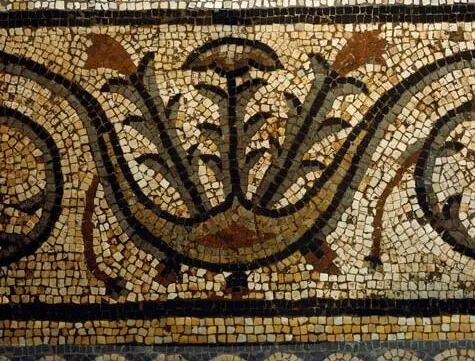
Archaeological collections
Explore six million artefacts, including human and animal remains from the Neolithic to Roman tiles and pottery
-

Dress & textiles
This 26,000-strong collection reflects London’s history as a centre of fashion and captures the 'London look'
-
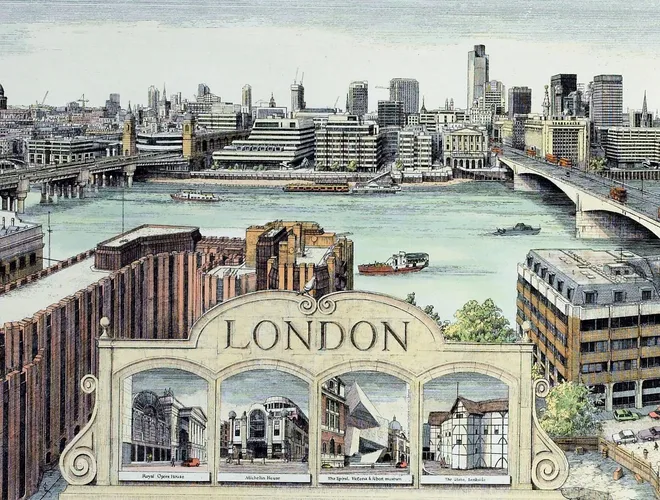
What we collect
The museum collects objects that help to tell the stories of this diverse, multicultural city of over nine million people





